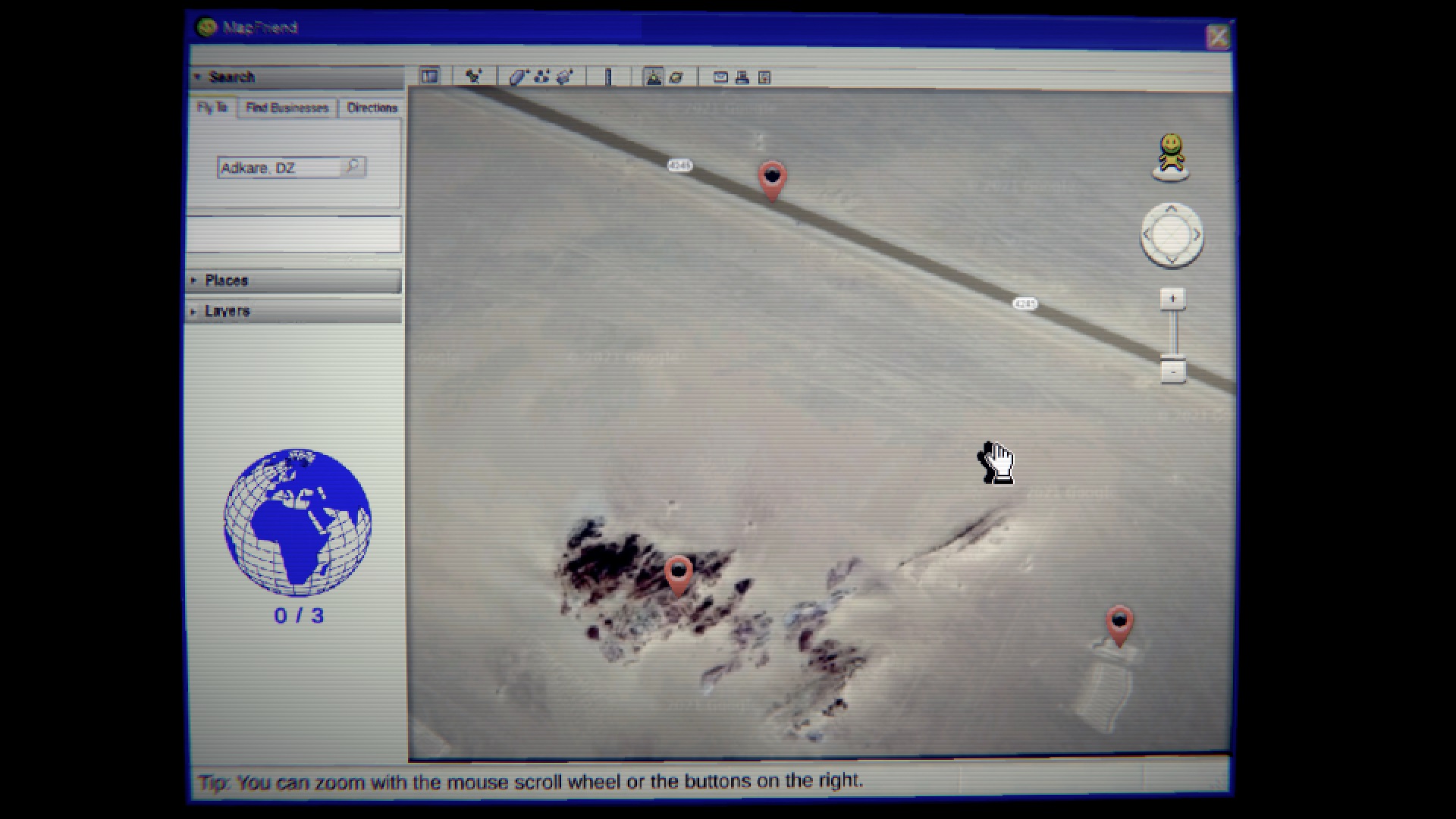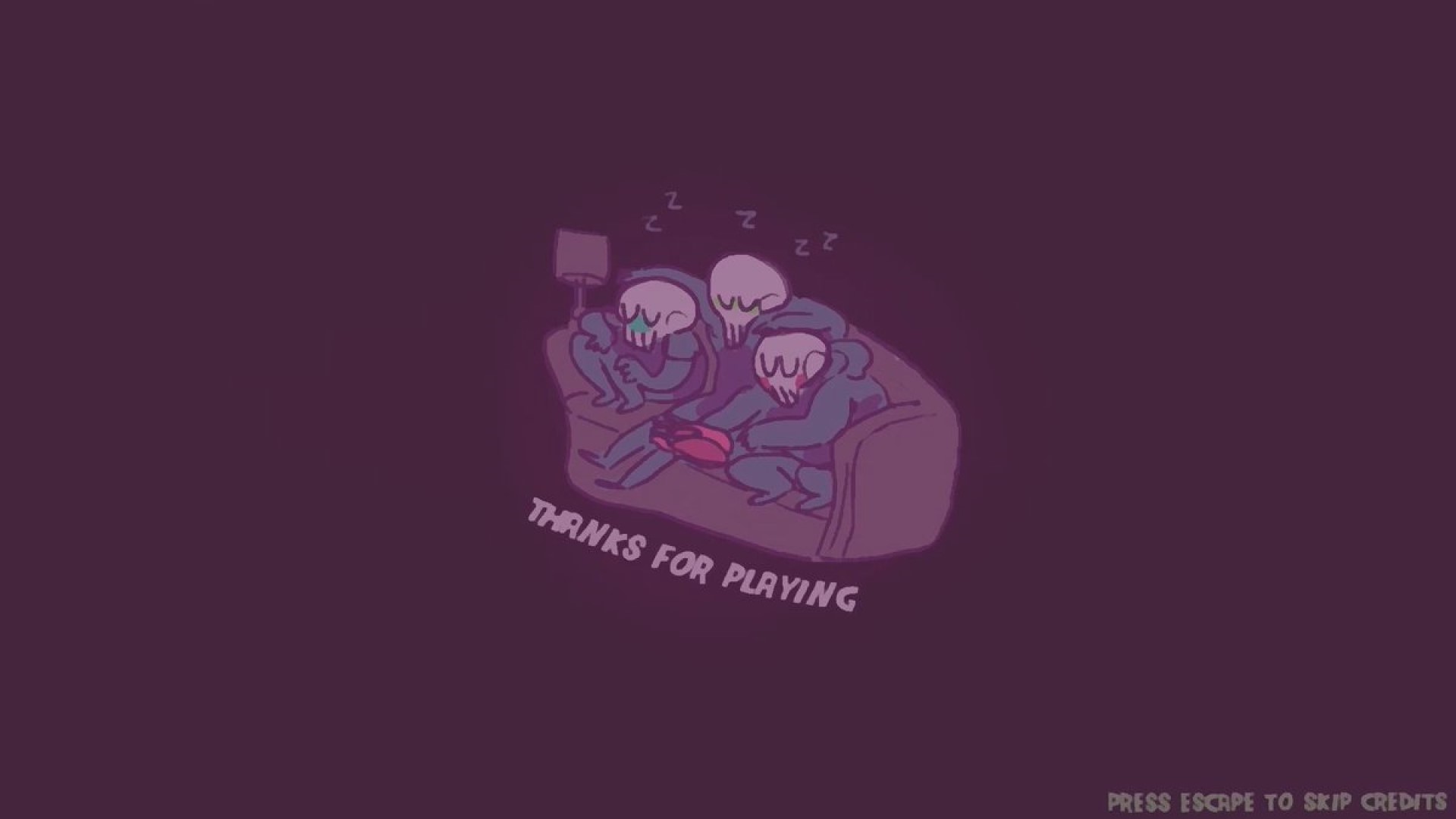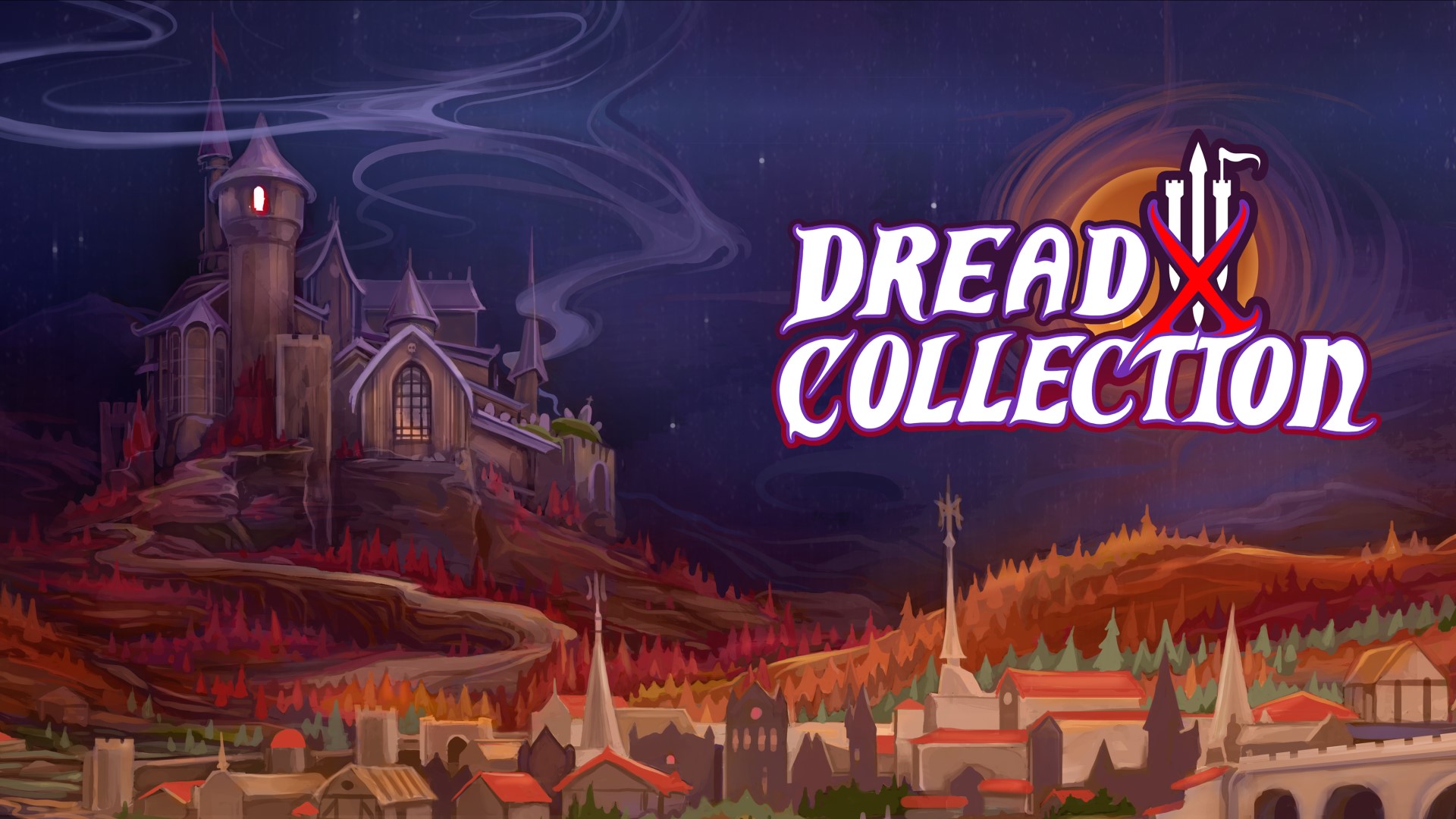
MapFriend Explores the Chilling Side of Navigation Programs
MapFriend captures a special kind of unease – a kind I only get with things like Google Maps. Strange as it sounds, there’s something about those still streets that makes me feel uncomfortable. My fears are valid in this short game, though. Something seems to be acting up in this aging software. Entries don’t sit right. Some information seems oddly hostile to you. The barren, silent locations hint at some lurking menace with each odd message. All these elements come together to create a scary experience out of simple maps.
While looking through map programs and the still pictures of places within, I sometimes get this nagging worry that I’m going to see something I shouldn’t. Traveling down streets, frame-by-frame, and seeing the frozen places in the images seems to hint to my horror-addled brain that there may be something lurking there. Something that was only there in the split second when the photographer took the picture. Or, some awful truth is hiding somewhere that no one’s been to in a long, long time.
So yeah, I have a lot of dark thoughts while looking at Google Maps. MapFriend seems built on those thoughts as it takes you to a handful of locations and lets you walk around them, virtually. You have access to a couple of different maps, some location highlights, and the ability to plop an avatar down anywhere and ‘walk’ around. This ‘walking’ involves clicking on places and having a new viewpoint load, as if you were looking around the locations from within an actual map program. Well, maybe a very old one.

Even before anything is happening, there’s an eerie stillness within the game. Moving around locations by hopping through still pictures gives this sensation that time is frozen. You’re experiencing the world through a three-dimensional image, but it’s just that: an image. It feels like things should be moving, but they aren’t. It’s like you’ve stepped out of reality. Something about that always get in my head while using map programs, and here, it’s used to hint to you that something’s off. Your grinning avatar might be happily offering information about the place, or guidance on how to use the program, but things just feel wrong.
The pixelated, low-detail environments add to this increasing unease in MapFriend. Sparse trees and blurry ground lay in almost every direction when you look closer into the maps. You can view the landscape from a bird’s-eye-view for the most part, peering down at large locations from above. If you want to know more, you need to send an avatar down to the location itself, where it shifts to a first person perspective. This is where that eeriness settles in as you walk around. Something about the sparse trees and empty fields made it feel like I was wandering a wasteland. It was like moving through an endless nothing, but I could feel that something was there. It’s the kind of sensation you get while walking a dark street at night, or up the stairs in the pitch black.
While I had a feeling that something else was skulking around outside reality with me, near-silence was my only partner for some time. The game is pretty quiet at first, but strange, nerve-wracking tunes play as you start finding things you shouldn’t. I went to a few locations where the program was having trouble showing me something. A location marker in the middle of the water prompted the game to freak out a little bit. The sounds ramp up as you get closer to finding some forbidden knowledge or horrible thing. These discordant, insistent sounds feel like they’re a warning that something is getting closer. It’s as if something is warning you to stop.

The program itself carries this odd menace as well. MapFriend is built around a map program that appears to be a good twenty to thirty years old. Something about its continual groans and long load times give it a feeling of being older tech. What’s important about it is those load times. As you move around a map in first person, your new location slowly loads into view. It’s not as painful as loading an image on early 2000’s internet, but it takes a few moments. Each time, I felt like I was going to see some disturbing thing appear as it loaded.
The real horrors lie in the entries in this malfunctioning program. As you find location markers, you learn bits and pieces about the place. It’s nice to learn about local places on a real map program. Not so much when the text starts to quiver and change. It’s older tech, though, so a part of your mind wants to dismiss it. I’ve seen text get pretty dodgy on old computers and consoles before, so my first instinct was to ignore it. Even as the game appeared to give odd warnings, a part of me felt it was just the quirks of old programs. Even so, a dread kept growing. Not enough to stop me, but enough to start worrying about what was coming.

All of these small fears played with my nerves as things continued to get stranger in MapFriend. Was that a bloodstain on the map or some rocky ridge? Did that text just flicker and say something else? What was that warning that just disappeared? The game keeps dialing up the fear with these small moments and the general discomfort of exploring the still-image worlds of map programs. They’re the kinds of fears you want to dismiss as silly, even though you know, deep down, that you’re creeping toward some disaster.
You’ll find something terrible if you keep looking. Your fears are deserved, here. You won’t know that until the end, though. Along the way, MapFriend does an interesting job of using simulated older technology, sounds, and the oddly unsettling quirks of map programs to create a chilling experience in discovery. It plays with your fears just enough to have you suppress them. It’s just a warning. Just an odd bit of text or weird sounds. It makes you press on despite yourself, which sets you up for some disturbing news at its end. It’s a compelling mixture of fears around map programs and older technology.



